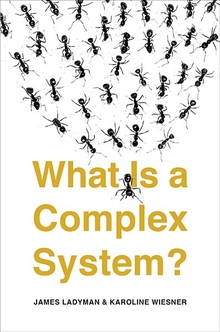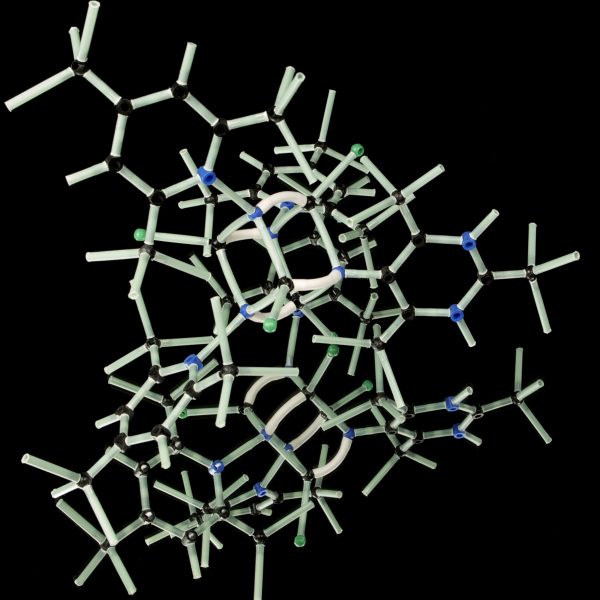Climate Change—No 0.5°C are the Same
James Ladyman & Karoline Wiesner—
In 2015 representatives of 196 states agreed to hold the warming of average global atmospheric temperature above pre-industrial levels to well below 2°C, and to pursue efforts to limit it to 1.5°C—this is the Paris Agreement. However, just a few years later, in 2019, warming reached 1°C (compared to 1880) and is set to rise further.
How much difference is there between 1°C warming and 1.5°C? Between 1.5°C and 2.0°C? It is tempting to think that the intensity of change due to a 0.5°C rise is the same in each case. This is mistaken. The climate system is not linear. An increase of 0.5°C in temperature at 14°C leads to different changes in, say, the frequency of storms or the intensity of heat waves, than an increase by 0.5°C at 14.5°C does. In fact, the intensity of change in the climate due to warming increases with the temperature.
For example, in the IPCC Special Report “Global Warming of 1.5°C,” the probability of exceeding extreme temperature thresholds (again, compared to pre-industrial temperatures) is reported to be 5%. If warming reaches 1.5°C, the probability is predicted to be 10%, and 20% with a global warming of 2°C (not 15%, as many might guess). This nonlinear behavior is one of the ways in which the climate is a complex system. The effects of changes to the climate may take a while to occur, but they can also positively feed back on each other so that once a change begins it accelerates. For example, warming melts icesheets so that less radiation is reflected and warming accelerates. Scientists from Ohio State University and colleagues have recently found that mass loss of the Greenland ice sheet has reached a level that would persist even under a decrease in surface melt. This is potentially a step change from reversible to irreversible loss in ice mass. The Earth’s climate is in danger of tipping to a very different and human-hostile state.
We have experienced sudden changes and their dramatic effects in the past in different systems. During the financial crisis of 2008 when Lehman Brothers went bankrupt in the U.S., it brought entire financial systems with it, on a global scale. Every bank tried to protect its assets, and the global financial system got massively disturbed. Iceland, for example, experienced the worst financial crisis any country has ever faced, with its three biggest banks collapsing. On the surface, the credit market in Iceland seemed independent of the housing market in the U.S. Under the surface, however, financial markets had been linked by a tight and invisible global network of loans and debt exchanges.
The financial system and the climate are both combinations of different networks of interaction. Humans are not trained to think of the world as a collection of networks. Evolution has taught us to find cause directly from effect. If we feel unwell after eating an unknown plant, we won’t eat it again. We are trained to find patterns that help us navigate in a perilous but relatively simple world. However, the world has changed dramatically since pre-industrial times because human technology has turned it into a network of tightly linked components. Like a spider’s web, if one thread of the web is perturbed, the effect can be felt possibly far away. But, more complicated than a spider’s web, effects are not always immediate, and they feed back on each other. As a result, change can accelerate once it starts due to self-reinforcing feedback.
When the world changes more slowly than the timescale of human action then we can adapt to it. In the case of the climate the effects of the human action are now so great that the dynamics of the planet are changing. The very slow timescale of carbon release has accelerated, because of the massive amount of fossil fuel burned, and is now similar to the fast timescale of plant growth and oxygen turnover. Before, the naturally occurring carbon release into the atmosphere could be balanced by these other processes. Now, these and other processes are linked and the balance is disturbed.
However, while complex systems are difficult to understand, predict, and manage, they also offer some simple advice. One important ingredient for very efficient collective action is that everyone agrees on the goal.
Take a beehive in the summer heat. The center of the hive, where the queen is housed, needs to be at a temperature of precisely 36°C. If outside temperatures reach the 30s, while buzzing bees already add heat with their body temperatures, the hive needs to be cooled down. This is done in a decentralized way. Bees begin to form ventilation tunnels that effectively cool down the hive. There is no central command from the queen bee or any other bee to initiate this. All bees participate by constantly monitoring their direct surroundings and acting on what they find. As a result, cooling emerges.
Cooling down a beehive is, of course, a problem far less complicated than limiting global warming. But there are helpful similarities between these two complex systems. The bees have a single goal—keeping the hive cool; and the system is set up so that many similar but spontaneous, individual actions lead to the desired overall change.
If we recognize global climate change as the complex problem it is, we can learn from nature about how complex systems stabilize and thrive. Climate science has produced a plethora of knowledge of what is required to slow down and eventually halt global warming. It is informed by physics, chemistry, biology, and many other scientific fields. None of the recommended actions are silver bullets on their own. But in combination with political will, engineering ingenuity, and mass participation, they could cool the planet. Complexity is the problem and the solution.
James Ladyman is professor of philosophy at the University of Bristol and works mainly in the philosophy of science. Karoline Wiesner is associate professor of mathematics at the University of Bristol and uses information theory to understand complex systems.
Further Reading:





